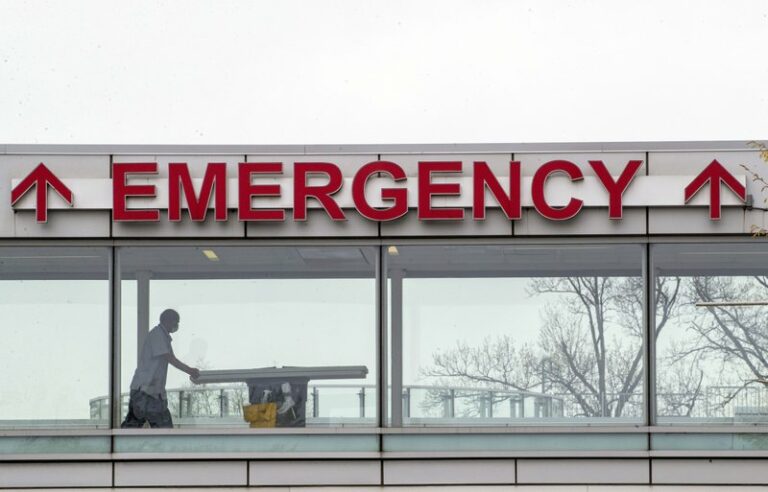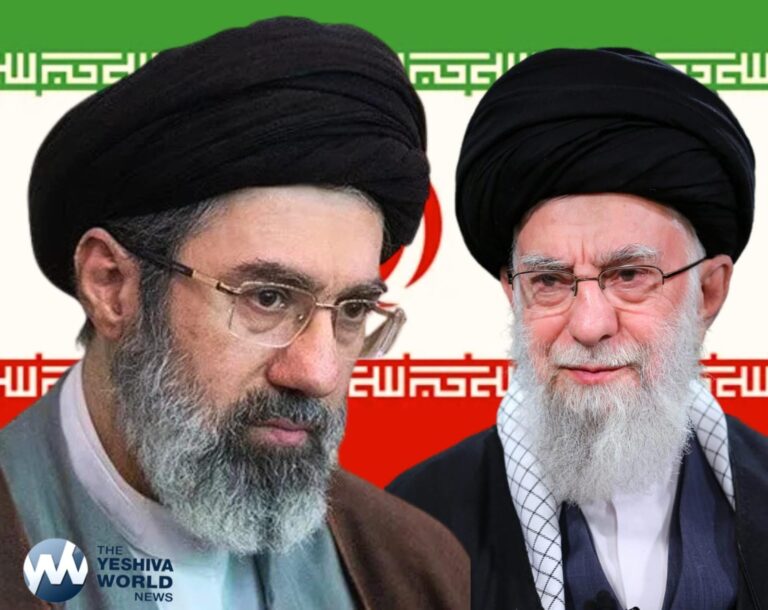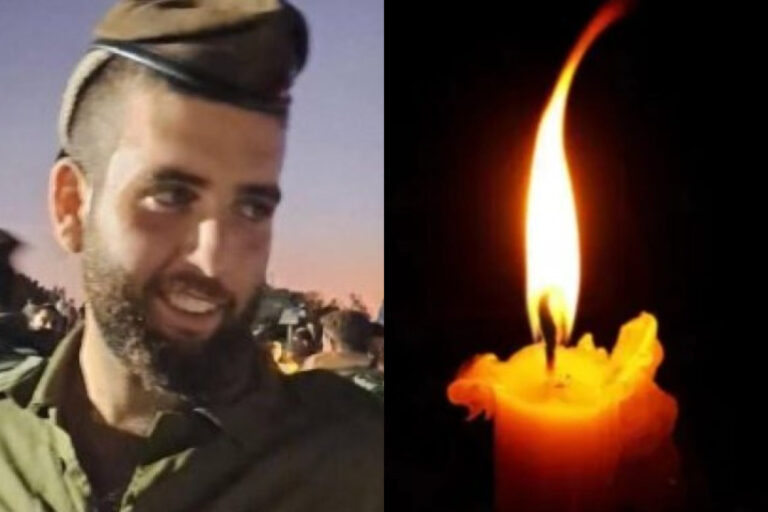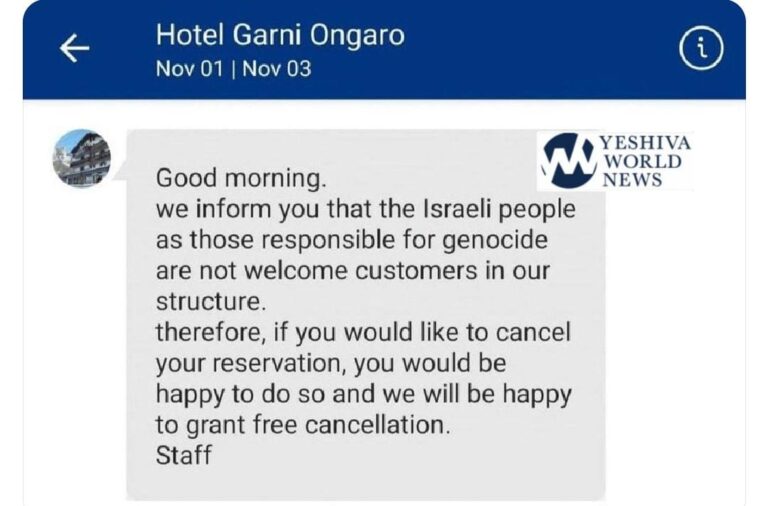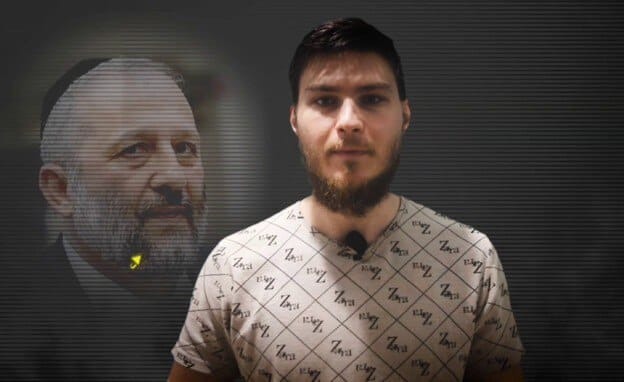The stated mission of The Greater New York Hospital Association is simple enough: to help members deliver “the finest patient care in the most cost-effective way.” But it’s more complicated than that.
While the association, which represents health care providers at the epicenter of the pandemic, is a nonprofit organization, it has the balance sheet of a robust private company, pays executive salaries that top $3 million and spent millions more to lobby in Washington for some of the nation’s most profitable hospitals.
So when it came time to secure its share of the record $3.6 trillion in federal stimulus money, the association was well positioned. It helped steer over $11.5 billion in funding to the state, with billions more on the way soon, in a competition with other hospital groups, major corporations and thousands of small businesses.
“On the surface, the purpose (of the stimulus) is to relieve financial damage caused by COVID-19. But in reality, it’s likely to actually increase the disparity,” said Ge Bai, a Johns Hopkins University professor who studies the economics of hospitals. “It’s very political. The money coming from the federal government is a zero sum game and we have some extremely powerful, large and rich hospitals.”
The story of how the New York group leveraged its power during the pandemic shows that the Washington influence industry functions much the same way in a public health crisis as it does in normal times, where the better heeled and connected get far closer to a desired result.
Many smaller organizations say the group’s connections and resources make it hard to compete.
“We did feel that we were being a little outgunned,” said Maggie Elehwany, vice president of government affairs and policy for the National Rural Health Association, which has spent just over $403,000 on lobbying since January 2019, a fraction when compared to the $3 million outlay by the Greater New York Hospital Association during the same period.
The association helped secure billions for its member hospitals inundated by the virus, particularly New York City’s underfunded public health system.
But the aid will also flow to profitable hospitals that have generated millions — and in some cases billions — of dollars in revenue in recent years, records show.
What’s more, some of the group’s recent lobbying has been aimed at rolling back consumer protections or blocking new ones rather than securing resources for New York.
The association declined to answer questions. Brian Conway, the group’s spokesman, said in a statement, “GNYHA advocates fiercely and without apology for our entire membership, including public hospitals, financially struggling safety net hospitals, and academic medical centers, and we will continue to do so.”
The Trump administration has wide latitude to decide where much of the $175 billion in emergency coronavirus funding allotted for hospitals and other health care providers will go. And New York isn’t the only state seeking to influence how the money is distributed.
If it does prevail, one reason is likely to be its well tended political connections.
The association has served as a deep-pocketed donor to the interests of powerful Democratic officials in New York such as Gov. Andrew Cuomo and Sen. Chuck Schumer, while also maintaining Republican ties, including the ability to contact Jared Kushner, President Donald Trump’s son-in-law and a top adviser, by phone when needed.
The organization has given more than $8.5 million since 2016 to a super PAC aligned with Schumer, and about $2.2 million to a similar super PAC that elects House Democrats. Its chief lobbyist, David Rich, has donated more than $130,000 to Cuomo, a Democrat, records show.
The contributions to the two super PACs were more than double what the American Hospital Association’s political action committee gave to Republicans and Democrats alike during the same period.
Raske recently touted the organization’s contacts with high-ranking White House officials.
“GNYHA has been totally engaged with the Trump Administration on this issue,” Raske wrote in an April 10 statement that also mentioned he spoke directly with Kushner.
New York has since received an additional $4.3 billion made available through a $10 billion pot of money for coronavirus “hotspots.” And more money is coming through a $500 billion coronavirus aid bill Trump recently signed.
Beyond seeking relief money, the association has been instrumental in fighting a consumer protection measure that would prevent hospitals from sending surprise bills to care recipients.
The group told members in an email that it “advocated strongly against” it and was “pleased that extraneous measures supported by the Trump Administration, such as surprise billing and price transparency provisions, were not included in the final legislation,” the news website ModernHealthcare reported.
It also secured legal protections in New York to reduce hospitals’ liability during the pandemic
Smaller, less powerful hospital associations have not been so successful.
Timothy Moore, president of the Mississippi Hospital Association, said revenues at hospitals in his state have dropped as much as 60%.
Nearly 100 hospitals Mississippi have received $175 million in stimulus money so far — barely enough to cover a month’s worth of expenses for many of these facilities, according to Moore.
“I’ve had large hospitals in the state of Mississippi that call me and say, ‘I had nobody in the parking lot.’ There’s not a car in the parking lot.’ Well, you can’t do that long,” Moore said.
The New York hospital association does not show signs of financial distress.
The group’s most recent tax filing revealed revenue of $38 million in 2018 and assets valued at more than $147 million, including five for-profit companies that took in an additional $75 million in income. The association also paid seven executives over $13 million. Raske, the association’s president, was paid a salary of $3.4 million while the hospital covered first-class travel for him and his wife. Vice President Lee H. Perlman made $3.2 million. And Rich, the lobbyist, earned over $1.8 million. Former New York Congressman Charlie Rangel was also on the payroll, collecting $75,000 a year as the group’s only paid board director.
Roughly a month before the World Health Organization declared a pandemic, the group spun off two of its for-profit companies, which specialized in hospital consulting and supply chain management, in a deal worth over $291 million, according to SEC filings.
In comparison, the California Hospital Association spent $1.9 million on federal lobbying since the beginning of last year and held $14.7 million in assets. Associations in Illinois and Texas all reported spending far less on lobbying and also held less in assets.
The organization does more than direct lobbying. They’ve also organized pressure campaigns that have lauded Schumer while urging people to contact their federal representatives. Recent Facebook ads ran in states where vulnerable Republicans are on the ballot, pressing for more hospital funding.
Gerard Anderson, a Johns Hopkins public health and business professor, recalls dealing with the New York association when he served at the Department of Health and Human Services under presidents Jimmy Carter and Ronald Reagan.
“They are notorious in Washington for being one of the best, strongest and most ruthless lobbying groups,” Anderson said.
(AP)

